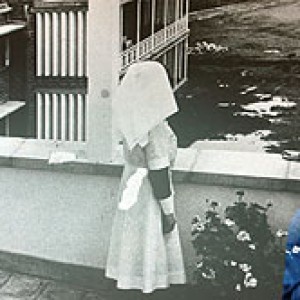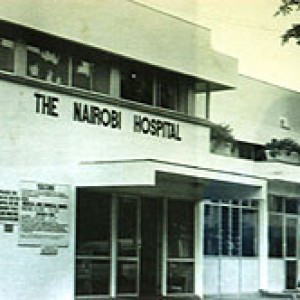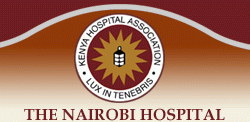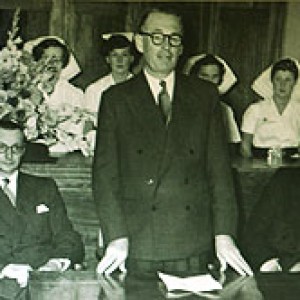HISTORY
Conception
 The idea that gave rise to the magnificent Nairobi Hospital was conceived in the minds of a number of white settlers in colonial Kenya in the late 1940’s and early 50’s. At the time, King George the VI Hospital (now Kenyatta National Hospital) could not hold the influx of white settlers after the Second World War. This gave rise to the formation of The Kenya European Hospital Association in 1950, a governing outfit that was charged with improving medical services essentially for the Europeans.
The idea that gave rise to the magnificent Nairobi Hospital was conceived in the minds of a number of white settlers in colonial Kenya in the late 1940’s and early 50’s. At the time, King George the VI Hospital (now Kenyatta National Hospital) could not hold the influx of white settlers after the Second World War. This gave rise to the formation of The Kenya European Hospital Association in 1950, a governing outfit that was charged with improving medical services essentially for the Europeans.
Achievement: the purchase of the Maia Carberry Nursing home now Kenya School Of Law

Dr. William Hopkirk, a radiologist, pharmacist George Mercer and Dr. Henderson Begg, a pathologist with the help of two physiotherapists, Miss. Vera Spencer and Mrs. Irene Robinson pioneered medical services to both in and out patients in The Nairobi Hospital. They rented space around the casualty and brought their own equipment and medicine for which they charged fees to the patients. This was necessitated by the fact that the Kenya European Hospital Association now known as Kenya Hospital Association which had built the hospital could not raise the funds required to equip the hospital and employ specialists.
60 nurses graduate every year from this school
Today, 60 nurses graduate every year from the school and it is the only institution in Kenya that trains hospital-based Kenya Registered Nurses. The institution is funded by the Nairobi Hospital.
Cicely McDonnell School of Nursing was now open to all races…
1963: Kenya Hospital Association sold the Maia Carberry Nursing Home & Princess Elizabeth Hospital
The seventies brought marked growth in the hospital’s capacity development.
Five star accommodation and facilities for President Mzee Jomo Kenyatta
Survived an attack

